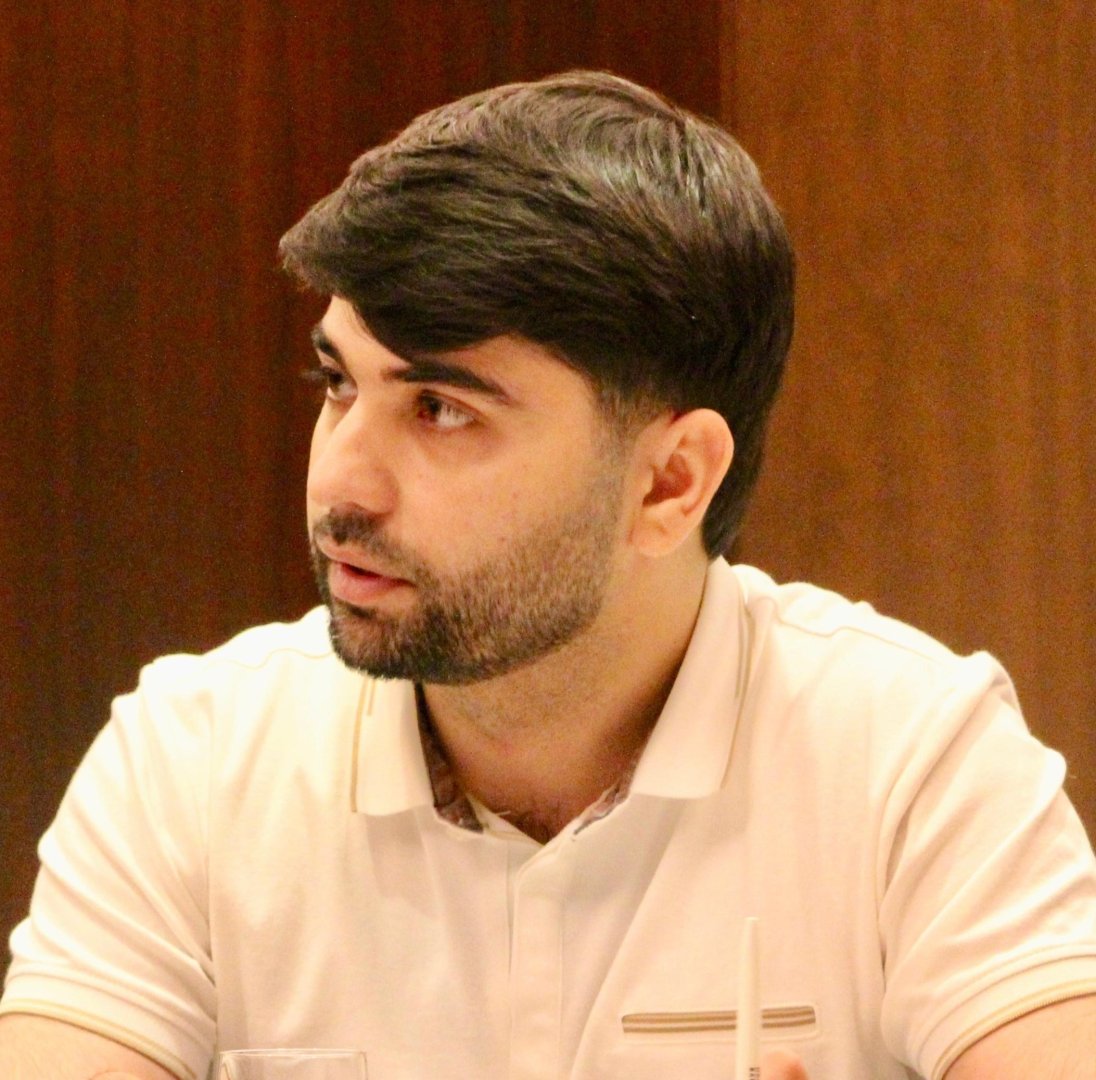BAKU, Azerbaijan, September 26. Latvia sees the Trans-Caspian international transport route (middle corridor) as an important alternative in the current geopolitical situation, a source at the Ministry of Foreign Affairs of Latvia told Trend.
"In the current situation, we cannot rely on traditional routes only due to geopolitical, security, and sanction evasion risks," the ministry said.
As the source noted, Latvia is now actively creating new logistics routes linking country with Ukraine through Poland in the north-south direction.
"The EU-Ukraine Solidarity Lanes for the export of agricultural products have been created. Latvia strongly supports Ukraine and the Solidarity Lanes process by offering broad capacities of Latvian ports for grain export from Ukraine and import of various goods to Ukraine. In the coming years, it is expected that the TEN-T network will be expanded. A new TEN-T Baltic-Black-Aegean Seas corridor with additional connections to Ukraine and Moldova will provide new logistics opportunities for the Baltic States towards South-East Europe—Ukraine, Romania, Bulgaria, Greece, and Türkiye," the ministry said.
According to the ministry, this corridor will be a natural integrated connection with the Trans-Caspian corridor and TRACECA transport routes, and in the future, it can create new logistics opportunities between Latvia and other Baltic States, the Caucasus, Kazakhstan, other Central Asian countries, and even China.
The Middle Corridor is a transportation and trade route that connects Asia and Europe, passing through several countries in the region. It is an alternative route to the traditional Northern Corridor and Southern Corridor. The route starts in China and crosses Central Asian countries such as Kazakhstan, Uzbekistan, and Turkmenistan. It then passes through the Caspian Sea, Azerbaijan, Georgia, and Türkiye before reaching Europe. The Middle Corridor offers a land route that connects the eastern parts of Asia, including China, with Europe, bypassing the longer maritime routes.






